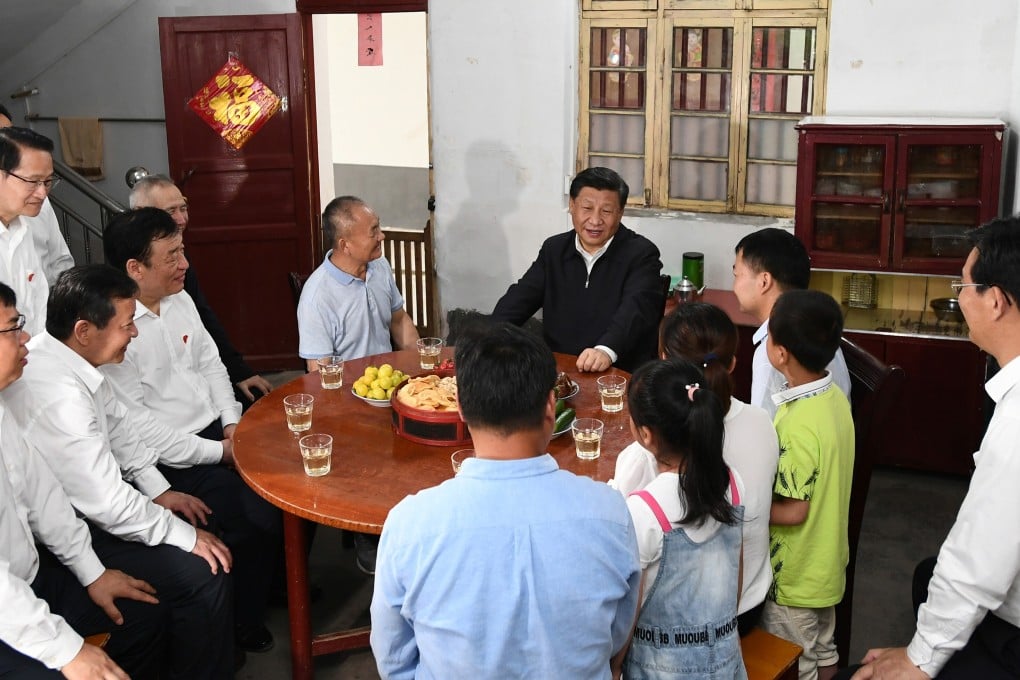Explainer | What is China’s common-prosperity strategy that calls for an even distribution of wealth?
- Notion of common prosperity dates back to the 1950s and Mao Zedong, before fellow former leader Deng Xiaoping repeatedly mentioned the idea in the 1980s
- President Xi Jinping’s rhetoric on common prosperity, which calls for the people to share in the opportunity to be wealthy, has surged this year

What is common prosperity?
At an economic leadership meeting in August, Chinese leaders agreed that China must pursue a goal of “common prosperity” – where citizens share in the opportunity to be wealthy – as the main objective for the next stage of its development, while stressing the need to maintain an airtight economy that allows for that smoothing out of wealth.
The catchphrase refers to affluence shared by everyone both in material and cultural terms, not the prosperity for just a few nor an absolute equal distribution, and should be advanced step by step, the meeting notes explained.
When was common prosperity first mentioned?
The idea of common prosperity was first mentioned in the 1950s, when China was a significantly poorer country, by founding father Mao Zedong.
But the phrase was then repeatedly mentioned by former leader Deng Xiaoping in the 1980s when China’s private sector began to emerge in some regions, creating disparity.